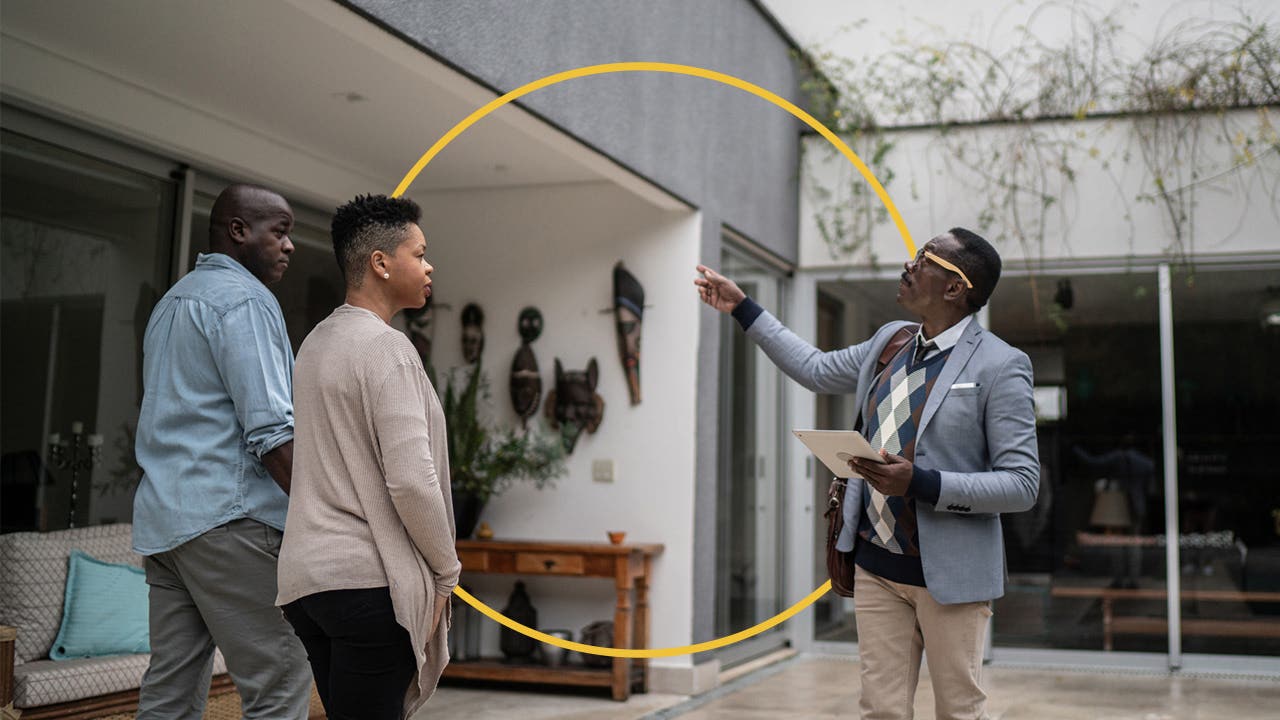How long does it take to buy a house?




Key takeaways
- Buying a home is a long, multistep process that can take several months or more.
- Even once you go into contract on a home, it typically takes more than a month to actually close.
- All-cash purchases can move much faster than those that are financed, as there is no mortgage lender involved.
Buying a home doesn’t deliver the instant gratification you’re accustomed to in today’s e-commerce world. There’s no “Buy Now” button for real estate — the process requires a number of steps and a lot of patience. And even after you find the perfect place, you’ll still need to do more waiting: The average time to buy a house, from contract to closing, was 44 days as of October 2024, according to data from ICE Mortgage Technology.
Timeline to buy a house, step-by-step
Step 1: Get preapproved
If you’re financing your home purchase, the first step is to get preapproved for a mortgage. A mortgage lender will typically ask for information about your assets, income and credit history to assess how much they’re likely to loan you. Your preapproval letter will serve as evidence to sellers that you’re a qualified buyer. Preapprovals aren’t good forever, though — they typically last between 60 and 90 days.
Before you begin the preapproval process, consider what you’ll look like in the eyes of a lender. Do you have any errors on your credit report? Are you carrying a hefty balance on a credit card? Lenders need to feel confident that you will be a responsible borrower.
Hopefully, long before you got to this point, you started saving up for a down payment. It’s also smart to get a broad picture of your financial situation by checking your credit report and score. Your credit score helps show lenders how creditworthy you are — checking on it early now will give you time to raise it if needed, which will give you a better chance of landing a better rate.
Before you apply, be sure the paperwork you’ll need to submit is in order. Required documents typically include recent paystubs, tax returns and bank statements.
Step 2: Go house-hunting
Once you’re preapproved for a mortgage, you’ll know how much house you can afford. That means it’s time to start looking for one. At this stage in the process, you can start working with a real estate agent, checking out open houses and looking at listings in earnest.
It’s important to note that this step can take more time than you might expect, because housing inventory is still tight in many areas. According to the National Association of Realtors (NAR), the country had a 4.3-month supply of homes in September 2024 — a balanced market is typically said to require 5 or 6 months. That may mean looking for longer than you’d like before finding something that meets your needs.
Step 3: Make an offer
Once you’ve found a house you want to buy, your real estate agent will help you submit an offer. Your agent can help you decide on an offer that’s competitive, aligned with home prices in your area and reflects your best interest.
If you’re able to make an all-cash offer, it can greatly speed up the process. Without a need to secure financing, you won’t have to wait on a financial institution. However, even all-cash transactions require some waiting as the seller works out all the details and paperwork, so keep that in mind.
It’s also important to recognize that making an offer is a step you could wind up repeating several times, depending on how hot your local market is. In some areas, homes still receive multiple offers and may even inspire bidding wars.
Step 4: Go to contract and schedule a home inspection
If your offer is accepted, you’ll go into contract on the home. The contract negotiation process can take some time, especially if there is back-and-forth discussion of particular terms.
You’ll also have to make an earnest money deposit, which is put down in good faith to assure the seller you’re serious about the purchase — the money will be held in escrow and applied toward the purchase at closing. Think of this as a signal that you’re committed to doing all the work ahead toward actually closing on the house.
It’s not mandatory, but it’s smart to schedule a home inspection at this point as well. Depending on your state’s laws, a home inspection typically needs to be completed within a set number of days after you sign a purchase agreement. If the inspector uncovers any major concerns, you might want to negotiate repairs or seller concessions, which could take even more time.
Step 5: Apply for a mortgage
Now you need an official mortgage loan, not just a preapproval. This is a whole new application. You don’t have to go with the same company that preapproved you, though you can — shop around for a mortgage lender who can offer you the best rate and terms.
Once you officially apply, you can expect to do some waiting during the underwriting phase. During this time, you may need to submit additional documentation, and the lender will order an appraisal to assess the home’s value. The type of loan you’re taking out could alter your timeline slightly, because of the types of assessments and paperwork needed.
While you wait for formal approval, avoid opening any new lines of credit, making major purchases (like a car) or switching jobs. Keeping the status quo in your finances, income and job situation can help you avoid delays in your loan approval.
Once your mortgage is approved, your lender will give you a copy of your closing disclosure at least three business days before the closing date. The disclosure lists all the loan details, fees and terms, as well as what you’ll need to pay in closing costs to finalize the purchase.
Step 6: Close and get the keys to your new house
Finally, after all that work, closing day has arrived. At closing, you will need to sign a small mountain of paperwork and pay everything you owe. (You will likely need to pay with a cashier’s check, as personal checks are typically not allowed.) How long does the closing take? It varies, but you should plan on spending at least two hours, minimum, dealing with all the documents. Once this final step is complete, you’ll get the keys and officially be a homeowner.
How to avoid delays when you buy a house
According to NAR, 15 percent of home-sale contracts encountered delays that held up the closing in July, August and September of 2024. There are a wide range of potential issues that can create stumbling blocks, including:
- The buyer has trouble securing financing.
- The buyer has trouble securing homeowners insurance.
- The home appraisal comes back lower than the loan terms.
- The home inspection identifies the need for serious repairs.
- There are issues with the title.
- The buyer loses his or her job.
One last simple rule to help make the homebuying process pain-free: The best way to avoid delays is to treat communications from your agent and lender as a top priority. If your lender requests additional documentation of your income or employment, for example, respond as quickly as possible.
You may also like

When do I get the money after I sell my house?

How much is an FHA loan down payment?

How long does it take to close on a house?

